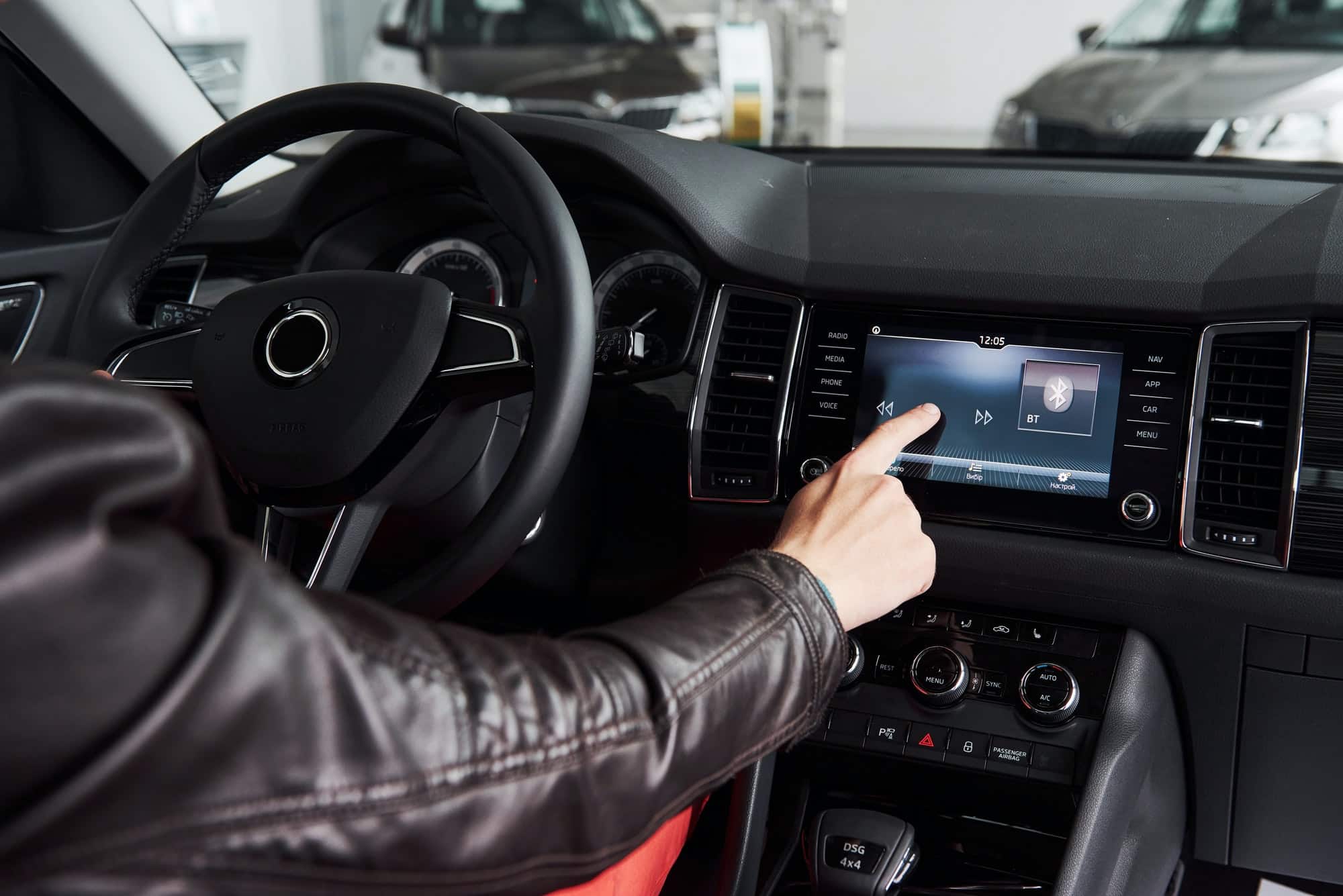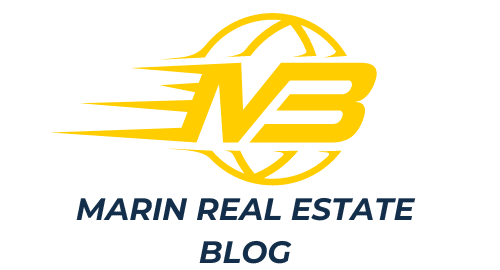How Is IoT Being Used to Monitor and Control Home Energy Usage?

In the digital age, the way you manage and monitor your home energy usage has evolved significantly. The advent of Internet of Things (IoT) has brought forth numerous possibilities for smart energy management. This technology has the potential to revolutionize energy consumption patterns, making them more efficient and environment-friendly.
Understanding IoT and Energy Management
As you delve into this topic, you first need to comprehend the basic concepts. IoT, or Internet of Things, is a network of physical devices that are embedded with sensors, software, and other technologies. They are designed to connect and exchange data with other gadgets and systems over the internet, enabling real-time monitoring and control of various aspects of daily life.
A découvrir également : What Are the Latest Developments in IoT for Personal Audio Systems?
In the context of energy management, IoT can be a game changer. It can significantly improve how energy is used, stored, and even generated in homes. By providing real-time data on energy usage, these systems can empower homeowners to make informed decisions and optimize their power usage.
The sensors attached to your electrical appliances can record real-time data about their power consumption. This data is then sent to your smartphone or computer, usually through an app, to give you an overview of your home’s energy consumption. Based on this information, you can control your devices to manage energy usage more efficiently.
A voir aussi : Ultimate collector's guide to the best noodle stopper rem figures
How IoT-based Systems Monitor Energy Consumption
IoT-based systems are packed with a variety of sensors to track and record energy consumption in real-time. These sensors monitor the power consumed by each electrical device in your home. This continuous flow of data provides you with precise insights into your energy consumption patterns.
By understanding how much power each of your devices uses, you can spot energy hogs and make necessary changes to your habits. For instance, you might find that your air conditioner consumes massive amounts of energy when it runs continuously. This revelation can encourage you to use the air conditioner in a more strategic and efficient manner.
Moreover, the real-time monitoring capabilities of IoT make it possible to detect any anomalies in power consumption. If a device starts using more power than usual, your IoT system will alert you. This feature can help you identify potential issues with your electrical devices, allowing you to fix them before they escalate.
The Control Aspect: Efficient and Smart Power Usage
The control aspect of IoT-based energy management systems is what makes them truly smart. These systems not only monitor your energy usage but also provide you with the tools to control your consumption patterns.
An IoT system can be programmed to turn off devices when they’re not in use, or to run high-energy devices during off-peak hours when electricity is cheaper. This level of control can significantly reduce your energy bills while also minimizing your carbon footprint.
Furthermore, IoT systems can integrate with smart home systems, allowing for automated control. For example, your lights can be programmed to dim when natural light is sufficient, or your heating system can adjust based on the ambient temperature. This level of automation not only makes your life easier but also contributes to energy efficiency.
The Role of Data Analytics
Data is the backbone of any IoT system. The power of IoT lies in its ability to collect, analyze, and derive insights from data. In the context of energy management, this data can be crucial in shaping your consumption habits.
Data analytics can reveal trends in your energy usage over time. This information can help you identify when your energy usage is highest and which devices contribute most to your consumption. You can then adjust your habits or consider upgrading to more energy-efficient appliances.
In addition, data analytics can predict your future energy needs based on past trends. This predictive capability can help you plan your energy usage, making it more efficient and cost-effective.
Embracing the Future of Energy Management with IoT
IoT-based energy management systems represent the future of energy consumption. They are not only making energy consumption transparent but also enabling users to control their usage effectively. These systems are driving the shift towards smarter, more sustainable homes. They have the potential to significantly reduce global energy demand, making them a crucial part of the fight against climate change.
Indeed, the IoT revolution is well underway, and it is transforming how you monitor and control your home energy usage. It’s time to embrace this change and make the most of the benefits it provides.
The Integration of Renewable Energy and the IoT
The transition to renewable energy is a significant trend in the 21st century, and the Internet of Things (IoT) has the potential to greatly facilitate this process. The convergence of renewable energy sources and IoT technology is creating exciting opportunities for enhanced energy efficiency and sustainability.
One of the most significant challenges with renewable energy, such as solar and wind power, is their intermittent nature. The production of these energy sources is reliant on weather conditions, which can be unpredictable. However, with IoT sensors and monitoring systems, it is possible to predict energy production accurately and adjust energy usage accordingly.
For instance, an IoT enabled energy management system can monitor weather conditions in real time, predicting the amount of power that solar panels will generate throughout the day. Then, the system can advise homeowners to use high-energy devices when solar power production is at its peak, optimizing energy usage and reducing reliance on grid power.
Additionally, IoT devices can also help manage and regulate the energy produced by residential renewable energy generators. For example, excess energy produced by solar panels or wind turbines can be stored in home batteries for later use. An IoT system can monitor battery levels and control the flow of energy, ensuring that the stored power is used efficiently.
The integration of IoT and renewable energy is also opening new avenues for the grid management. IoT devices can provide real-time data on energy production and consumption patterns to the grid operators, facilitating better distribution of renewable energy and reducing the risk of grid instability.
Conclusion: Shaping the Future of Home Energy Management
The future of home energy management is undoubtedly being shaped by IoT technology. The ability to monitor and control energy usage in real time, coupled with the integration of renewable energy sources, is revolutionizing how we consume and think about energy.
IoT-based management systems are allowing homeowners to make informed decisions about their energy consumption, encouraging more efficient and sustainable habits. The real-time data and predictive capabilities provided by these systems are not only reducing energy bills, but also promoting energy independence and contributing to the fight against climate change.
Moreover, the advancements in IoT technology are driving significant shifts in the energy sector as a whole. The integration of IoT and renewable energy is transforming the way energy is produced, distributed, and consumed, leading to a more resilient and sustainable energy grid.
As we move forward, it’s important to continue exploring and embracing the potential of IoT in energy management. With ongoing research and development, we can expect to see even more innovative applications of this technology, bringing us closer to a future of smart, sustainable, and energy-efficient homes.
